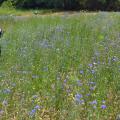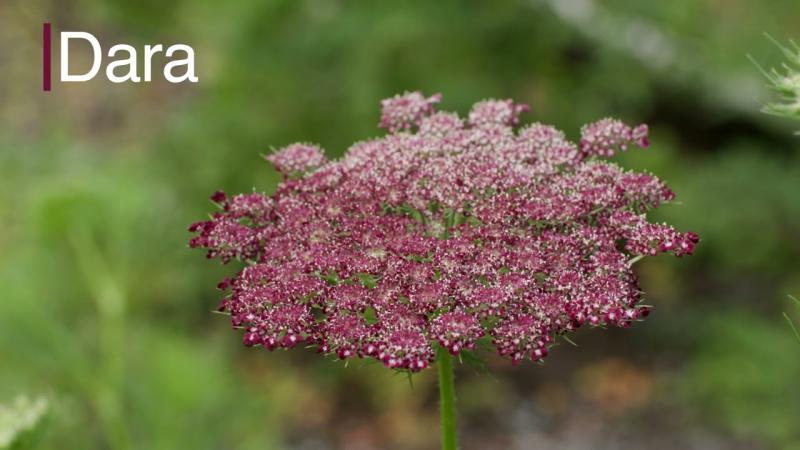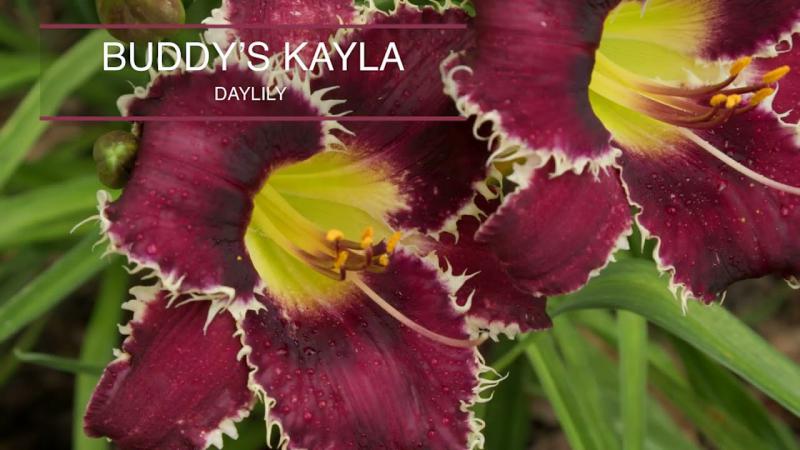Site Selection, Bed Preparation and Planting of Roses
Publications
Publication Number: P2663
Publication Number: P2690
Publication Number: P3047
Publication Number: P3099
Publication Number: P3087
News
Filed Under: Lawn and Garden, Cut Flowers and Houseplants, Floral Design, Flower Gardens, Youth Gardening
Do you enjoy having cut flowers around the house? With the right preparation and some gardening labor, you can harvest your own blossoms just outside the back door.
Filed Under: Flower Gardens
Mabel Murphree’s Tupelo garden has an impressive variety of plants, but what really caught my attention when I visited were her purple blooms.
Filed Under: Flower Gardens
Amid the bustle of everyday life in Tupelo, Mississippi lies a hidden gem -- Dale Smith’s backyard woodland garden. I recently had the pleasure of touring this garden where beautiful plants thrive around every corner.









